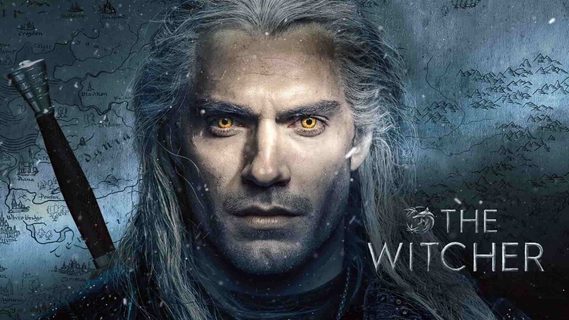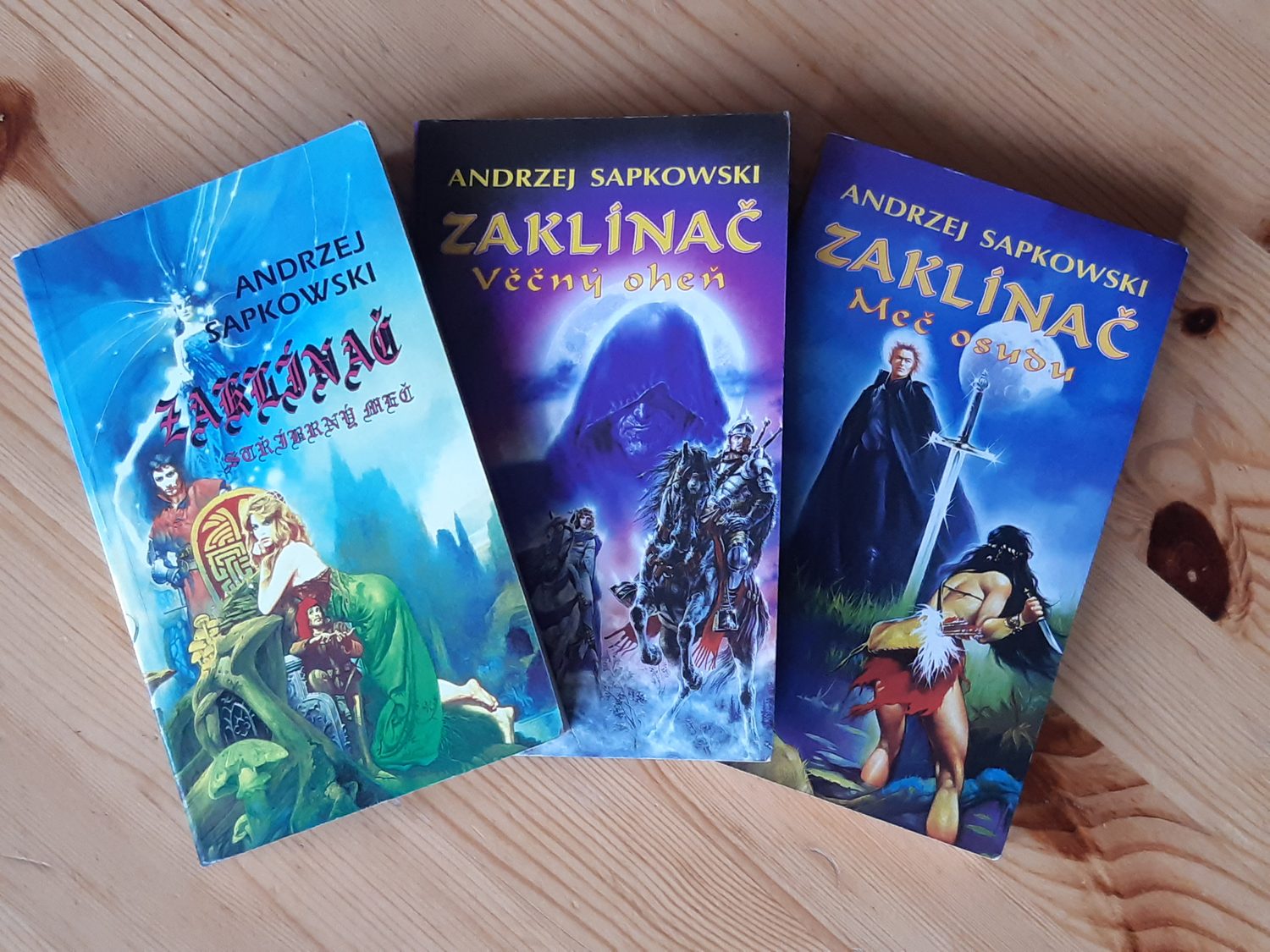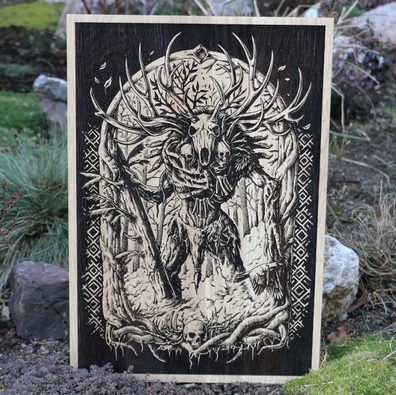-
Catalogue of products
-
- Sale
-
Silver jewellery
-
All in the category Silver jewellery
- Pendants
- Bracelets
- Rings
- Earrings
- Moldavites, czech
- Necklaces
- Golden jewellery
- Torcs - necklaces
- Amber jewelry
- Jewellery sets
- Brooches and buckles
- Silver and stones, jewels
-
Thematic jewelry collections
-
 All in the category Thematic jewelry collections
All in the category Thematic jewelry collections
- Lapponia jewellry
- VIKINGS - bracelets
- Art nouveau jewelry
- Dinosaur pendants
- Mythology collection, ancient cultures
- Nautical silver jewelry
- Filigree and granulated replica jewels
- Garnet jewelry - czech made
- Mystica silver collection - pendants
- Mystica silver collection - earrings
- Mystica collection - silver necklaces
- Historical jewelry
- Zodiac, silver pendants
- Viking jewelry
- Pendants - Historia
-
-
-
Jewellery - bronze, zinc
-
All in the category Jewellery - bronze, zinc
- Amulets and talismans
- Bronze and brass replicas - jewellery
- Gilded jewelry
- Cords, boxes, chains
- Forged jewelry, torcs, bracelets
- Costume jewellery
- Keychains
- Fantasy jewels
- Crowns and tiaras
- Bronze historical jewels
- Chakra, reiki
- Celtic brass jewels, import from Ireland
- Badges, historic jewels
- Scottish clan badges
- Original celtic jewelry
-
-
Replicas - Swords, Axes, Knives
-
All in the category Replicas - Swords, Axes, Knives
- Sharp Blades - throwing knives
- Swords
- Axes, poleweapons
- Daggers
- Knives
- FakeSteel armory
- Maces, war hammers
- Saex knives, scramasax
- Lances, spears
- Archery
- Damascus steel knives
- Falchions and Lange Messers
- Swiss army knives
- HMB - swords, falchions, axes, weapons
- Firearms, cannons
- Viking knives
- Hunting hangers
- Wooden swords and armour
- Knives - accessories, sharpeners
- Kitchen knives
-
-
Armour Helmets, Shields
-
T-shirts, Boots
-
Ceramics, Glass
-
Leather Products
-
All in the category Leather Products
- Belts
- Bags, sporrans
- Belt accessories
- Hair clips, accessories, jewellery
- Wallets
- Wristbands
- Leather stamps
- Leather material, furs
- Custom made belts
- Leather masks
- Bottles, hip flasks
- Keychains, whips, other
- Leather care, dyes and stains
- Historical shoemaking
- Leathercraft tools
- Riding shop - horse saddles
- Falconry
- Furs, Reindeer Skins
-
-
Horn Products
-
Smithy Works, Coins
-
Bushcraft, Living History, Crafts
-
All in the category Bushcraft, Living History, Crafts
- Bushcraft
- Forged carving chisels
- Kuksa - Finnish dishes
- Leather, furs, skins, pergamens
- Europe
- Drugstore
- Historical glass beads, replica
- Rocailles Czech glass beads
- Deer antler products
- Craftsman tools, acessory
- Prehistoric ages
- Native americans
- Old Slavs
-
-
 Coins
Coins
-
Shoes, Costumes
-
Drums, Flutes
-
Historical Board Games
-
Pagan decorations
-
All in the category Pagan decorations
- Figures, lamps, cups
- Vánoční ozdoby
- Boxes, pencil cases
- Mugs, goblets, scarves
- Dragons
- Antler furniture, lamps
- Animal figures
- Historical miniatures
- Wall plaques, clock
- Pictures
- Products from antler, wood
- Exterior decorations
- Scrolls, posters, puzzle
- Tin figures, goblets
-
-
Woolen products, Ireland
-
 Wood
Wood
-
 Wargaming
Wargaming
-
Licensed Merch - films, games
-
All in the category Licensed Merch - films, games
- Warhammer 40K
- 2001 Space Odyssey
- AC/DC
- Alien
- Antman
- Assassin's Creed
- Asterix
- Avatar
- Avengers - Infinity War
- Back to the Future
- Batman
- Beetlejuice
- Big Bang Theory
- Blade Runner
- Bud Spencer - Terence Hill
- CBGBs
- Clockwork Orange
- Deadpool
- Deep Purple
- E.T. the Extra-Terrestrial
- Frank Zappa
- FULL METAL JACKET
- GAME OF THRONES
- Ghostbusters
- Godfather
- Gremlins
- GUARDIANS OF THE GALAXY
- HAN SOLO MOVIE
- Harry Potter
- Iron Maiden
- IT
- Jaws
- James Bond 007
- Jurassic Park
- King Kong
- Knight Rider
- KISS
- Led Zeppelin
- LOONEY TUNES
- LORD OF THE RING
- Magic the Gathering
- Marvel
- VIKINGS
- Metallica
- Metro Exodus
- Mortal Kombat
- Mr Pickles
- NASA
- Nirvana
- Peaky Blinders
- Pearl Jam
- Pink Floyd
- Planet of the Apes - Planeta opic
- Pokémon
- Predator
- Queen
- Rambo
- Rick and Morty
- Robocop
- Spiderman
- Star Wars
- Suicide Squad
- Superman
- Teenage Mutant Ninja Turtles - Želvy ninja
- The Doors
- The Witcher
- Thor Ragnarok
- Vikings
- World of Warcraft
- Rocky
- Terminator
- Dračí Hlídka
-
-
 Magic
Magic
-
Books, Maps, Stickers
-
Historical Tents
-
Sculptures, Garden Decor
-
 Mead, Honey
Mead, Honey
-
 Moldavites, minerals, fossils
Moldavites, minerals, fossils
-
Cosmetics
-
Archeology, Geology
-
Interior design
-
 Yule decorations, Glass Beads
Yule decorations, Glass Beads
-
Aromatherapy
-
FILM and props
-
 Outdoor - Bushcraft
Outdoor - Bushcraft
- Naav
- Arma Epona
- WHOLESALE lots
- Gift Certificates
- SPECIAL OFFER, discounts
-
- Log in
- Create an account
- Wholesale
- Contact us
- Country (English)
- Currency ($ - USD)


Nothing was added in your basket.
The Witcher

When Polish writer Andrzej Sapkowski finished the first fantasy short story about the Witcher Geralt, he surely didn't anticipate laying the groundwork for such a massive cultural phenomenon.
Delving into the intricacies of the Witcher Geralt's fantasy world is perhaps unnecessary and, within the scope of this post, impossible – fan platforms like the Witcher WikiFandom serve that purpose better. For readers unfamiliar with the words "Witcher Geralt," here's a brief summary of the entire Witcher universe:
Geralt, known as "of Rivia," is a Witcher (Polish: wiedźmin – hence the Czech term "vědmák"), a professional monster hunter. Geralt is a human who was trained as a boy in a well-hidden castle called Kaer Morhen, where he underwent rigorous combat training, studied various monsters, and underwent a procedure known as the "Trial of the Grasses," the final stage of transforming a human into a Witcher. The trial, survived by only a fraction of candidates, ends in mutation, granting the Witcher new elemental magical abilities, superhuman speed and agility, and vision allowing good sight even in darkness. Additionally, through mutation, Geralt can temporarily enhance these abilities by consuming elixirs, which are deadly poison to ordinary people. He fights monsters using a silver sword, simple spells called signs, and a Witcher amulet that helps sense danger and magic. Additionally, Geralt carries a steel sword for self-defense against humans in a hostile world.
This world, into which humans came in ancient times after an unspecified catastrophe from another world, is also home to traditional fantasy races – elves, dwarves, gnomes, and halflings – whom humans have gradually displaced from their original settlements over the centuries. Thus, in the Witcher stories, there is much more raw reality of interethnic, or rather interspecies, relationships, which one might find difficult to locate or only in a subtle form in J.R.R. Tolkien's work: racism, chauvinism, religious intolerance, foolish superstitions, and prejudices. Besides traditionally functioning magic, there are numerous monsters – sometimes products of evolution, other times results of sorcerous experiments, but primarily as a result of an ancient catastrophe called the "Conjunction of the Spheres," when there was a temporary connection between the Witcher's world and other worlds, and after this event, a number of creatures, monsters, and various races – including vampires, unexpectedly not belonging to what classic fantasy labels as "undead" – got "stuck" in the described world. Thus, like other Witchers, Geralt has his hands full, as it was precisely for the protection of humanity and the fight against these creatures that some sorcerer long ago created the Witchers.
The Witcher world and the stories themselves serve as a mirror to our world and its history – Andrzej Sapkowski created many things with his own penetrating mind, but for inspiration, he did not hesitate to reach into Slavic mythology, as well as the mythologies of other nations and into history. Literally, one of the author's specialties is using names of real historical figures for some characters in his world, sometimes without connection, other times by similarity. For example, the Nilfgaardian marshal Menno Coehoorn, who is a clear reference to the Dutch general from the second half of the 17th century, Menno van Coehoorna. In addition, Sapkowski's specialty is embedding various Witcher stories into the schemes of traditional European fairy tales, such as "Beauty and the Beast" (the short story "A Grain of Truth") or "Snow White and the Seven Dwarfs" (the short story "The Lesser Evil"), which he transformed into a new and completely original form.
And where did it all begin?
It all started with the original short story "The Witcher" (Wiedźmin), published in 1986 in the magazine Fantastyka. This was followed by more stories from the second half of the 1980s, again in magazines. In Czech, the stories about the Witcher Geralt began to be published for the first time through the Winston Smith publishing house in 1993 as collections of short stories: "The Last Wish," "Sword of Destiny," and "Blood of Elves." The latter collection foreshadowed the saga of the Witcher and Ciri, published by the Leonardo publishing house in Ostrava: "Blood of Elves" (1995), "Time of Contempt" (1996), "Baptism of Fire" (1997), "The Tower of the Swallow" (1998), and "Lady of the Lake" (2000).

The first Czech edition of the Witcher Geralt's stories
In this regard, a small comparison between Andrzej Sapkowski and J.R.R. Tolkien is interesting, concerning how their worlds came into being. Both of these authors possessed deep cultural-historical knowledge and linguistic proficiency. Professor Tolkien was a university lecturer, a philologist who approached The Lord of the Rings by first creating the world itself, its deities, and its mythology. On the other hand, Andrzej Sapkowski, originally educated in economics, began by writing the stories themselves, and only much later, when worldwide interest in the Witcher's world emerged, did he contribute to shaping or co-shaping the Witcher's world, which increasingly attracted the interest of Witcher fans. As Sapkowski himself admitted in one interview with Czech fans back in the 1990s, he "doesn't know how many miles separate Cintra from Blaviken," and elsewhere, he admitted that the first map of "his world" was sent to him by Stanislav Komárek, one of the first translators and illustrators of the Witcher's stories.
Despite their popularity, the stories of Geralt, Ciri, and Yennefer remained local fantasy for a long time – until 1998 when the Witcher was first translated into German, Czech was the only language in which these stories, apart from Polish, were published. In 2002, a short Polish series called The Witcher was released, but it did not receive significant attention. The Witcher only moved into the general consciousness and cultural mainstream thanks to the video games The Witcher (2007), The Witcher 2: Assassins of Kings (2011), and especially The Witcher 3: Wild Hunt (2015), along with its expansions Hearts of Stone (2015) and Blood and Wine (2016). It is worth mentioning that the most faithful visual representation of the Witcher's world remains the game series by the Polish studio CD Projekt Red, which very meticulously followed Sapkowski's descriptions of clothing, equipment, and material culture of the Witcher's world, blending elements with historical inspiration ranging from the early Middle Ages (the Skellige Islands) through the High Middle Ages (the Duchy of Toussaint) to the early Renaissance (court fashion in Nilfgaard and some general fashion elements). Since the introduction of the game series, both the fan base and all merchandise related to the Witcher's world have been growing. Andrzej Sapkowski responded to the growing popularity of his characters by releasing the standalone book Season of Storms (2013, Czech translation 2015), which interconnected several characters from the stories and the saga by describing events in two parallel timelines, creating something that acts as both a prequel and a sequel simultaneously. By the way, this is the only book where Geralt tends to carry both of his swords, steel and silver, on his back simultaneously, as he does in the game series. The most recent major pop-cultural endeavor from the Witcher's world is the series produced by Netflix since 2019, which, however, somewhat divides the fan base with its approach to the Witcher's stories, and so perhaps the only thing fans unanimously agreed upon was Henry Cavill in the role of Geralt.
In any case, it must be said that the persistence with which the Witcher and his world remain at the forefront of fantasy fans' popularity and in the broader cultural consciousness only demonstrates that it is not just a short-lived fad but a cultural phenomenon comparable to Tolkien's The Lord of the Rings, whose legacy will remain among us for a long time.
And what to read next?

Rondel Dagger
When it comes to short sidearms of the late Middle Ages, it…

Kidney dagger – Bollock Dagger
The dagger was, alongside the knife, a basic and usually…

The Witcher
When Polish writer Andrzej Sapkowski finished the first…

Leshy - Slavic forest spirit
Leshy - Slavic forest spirit


